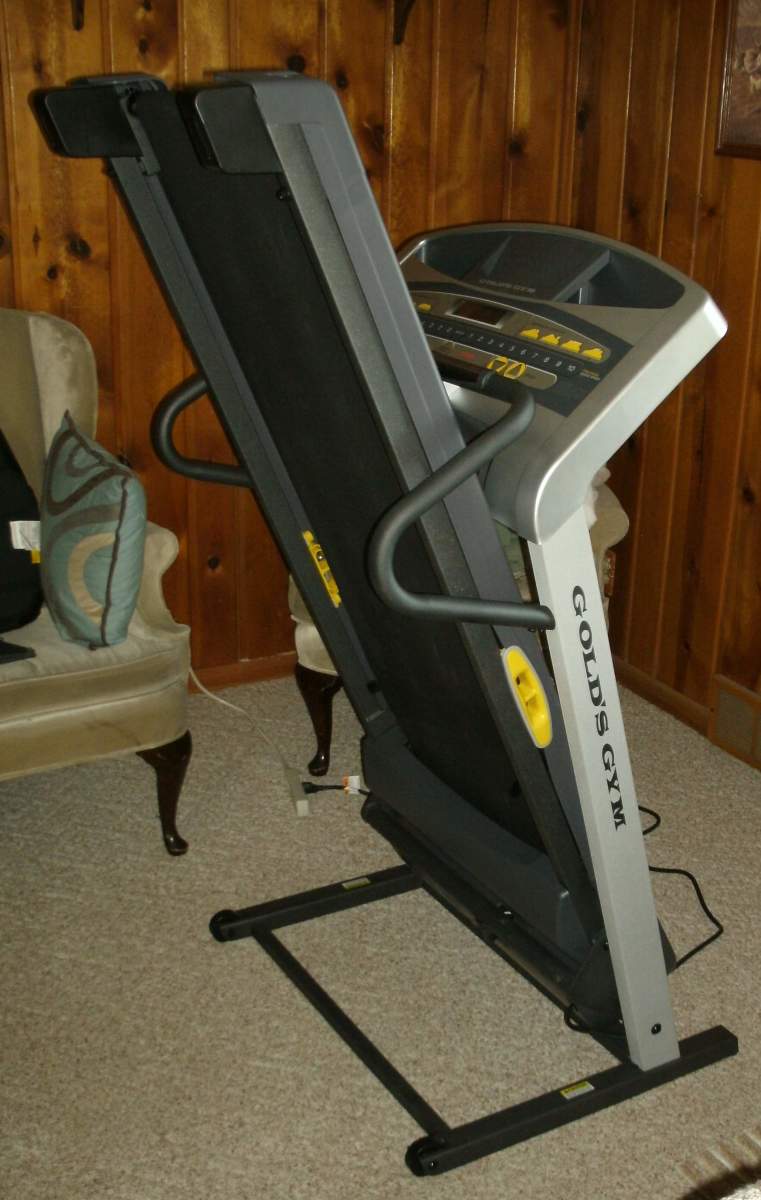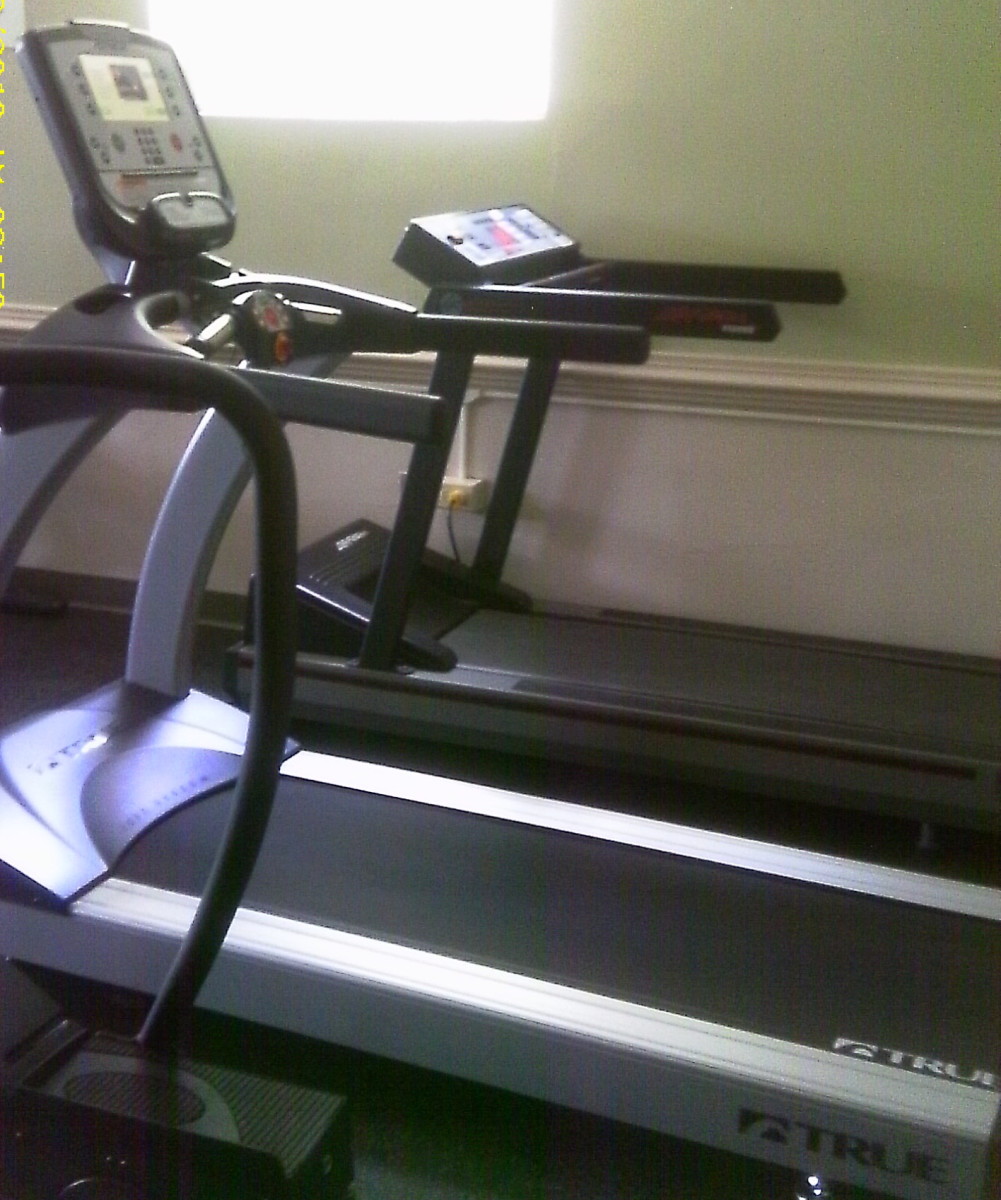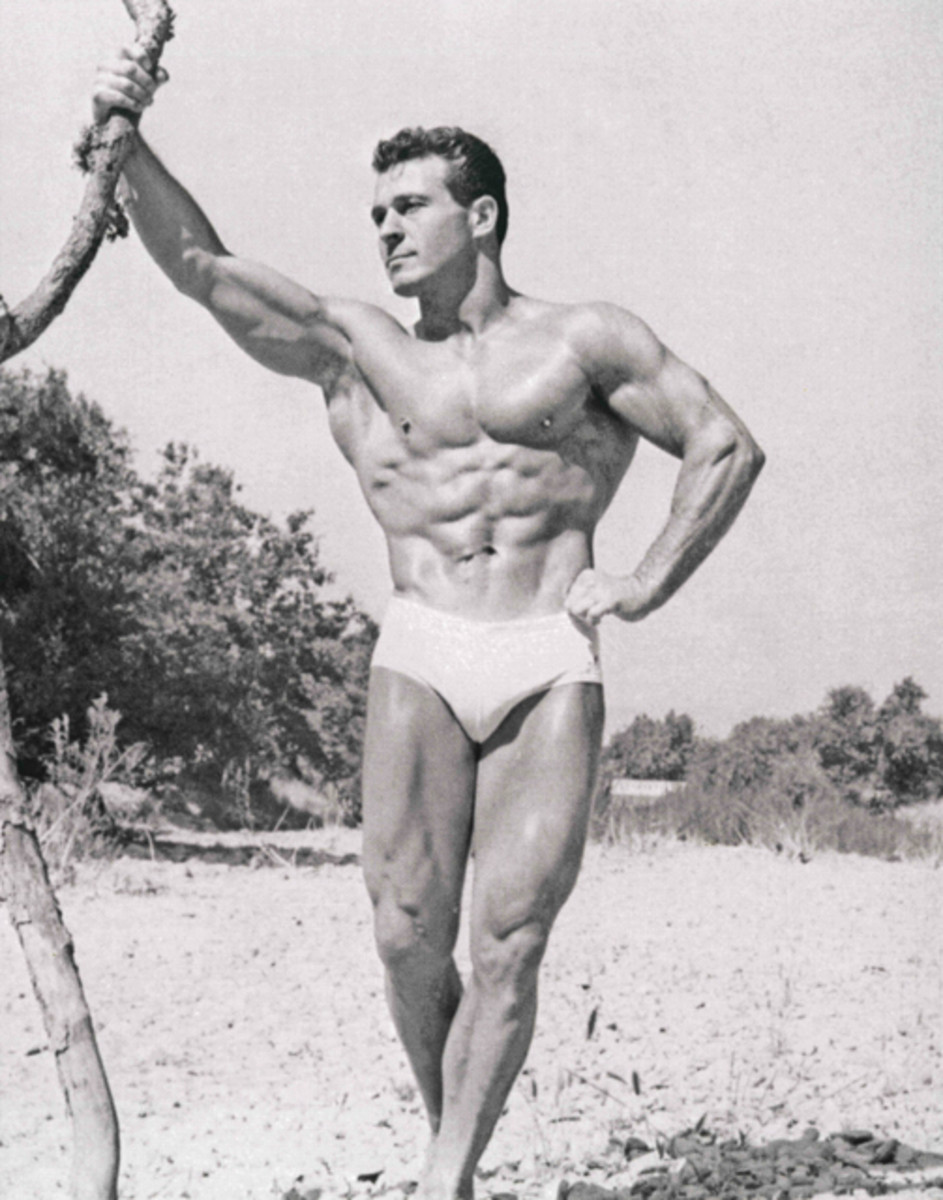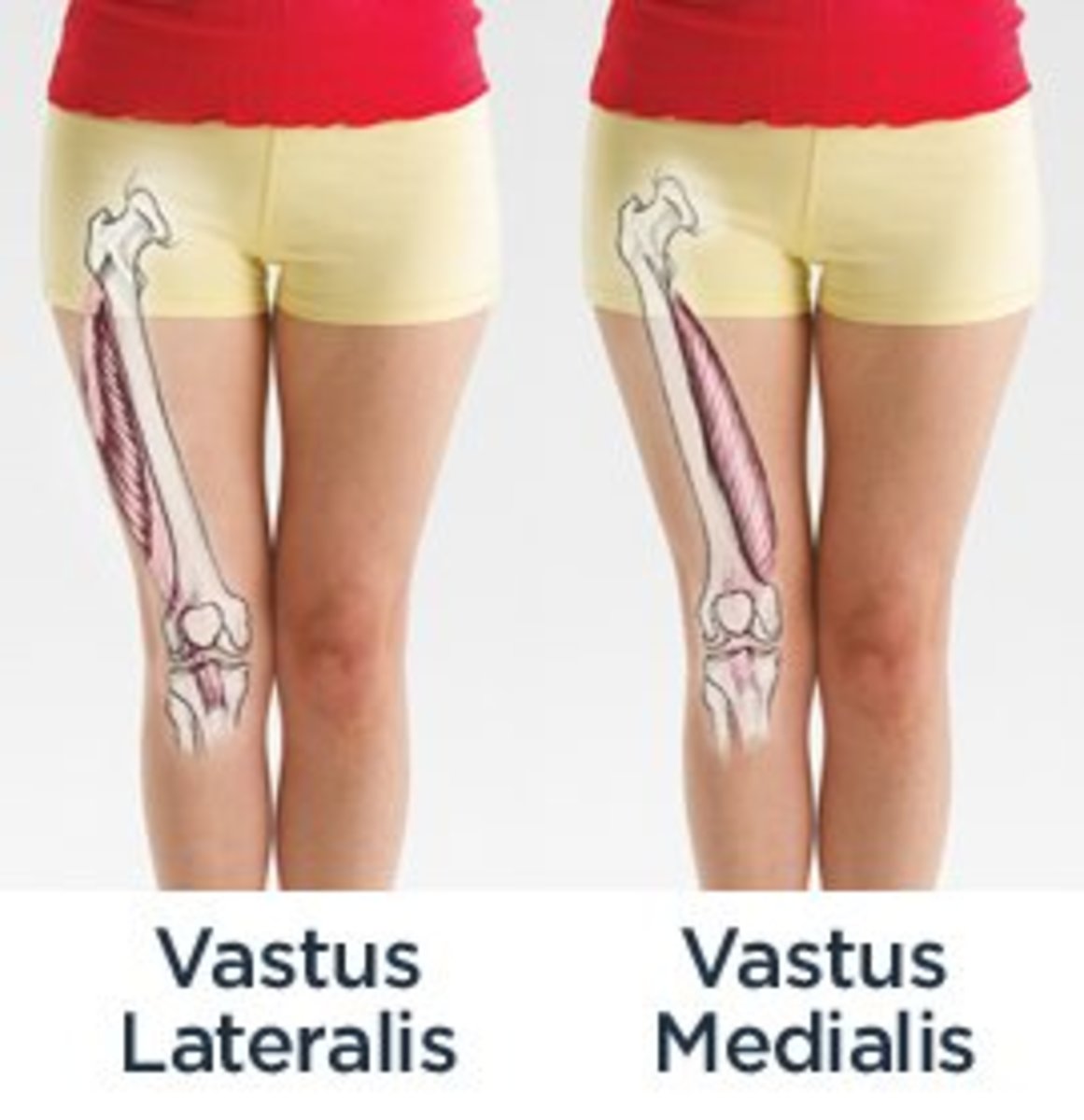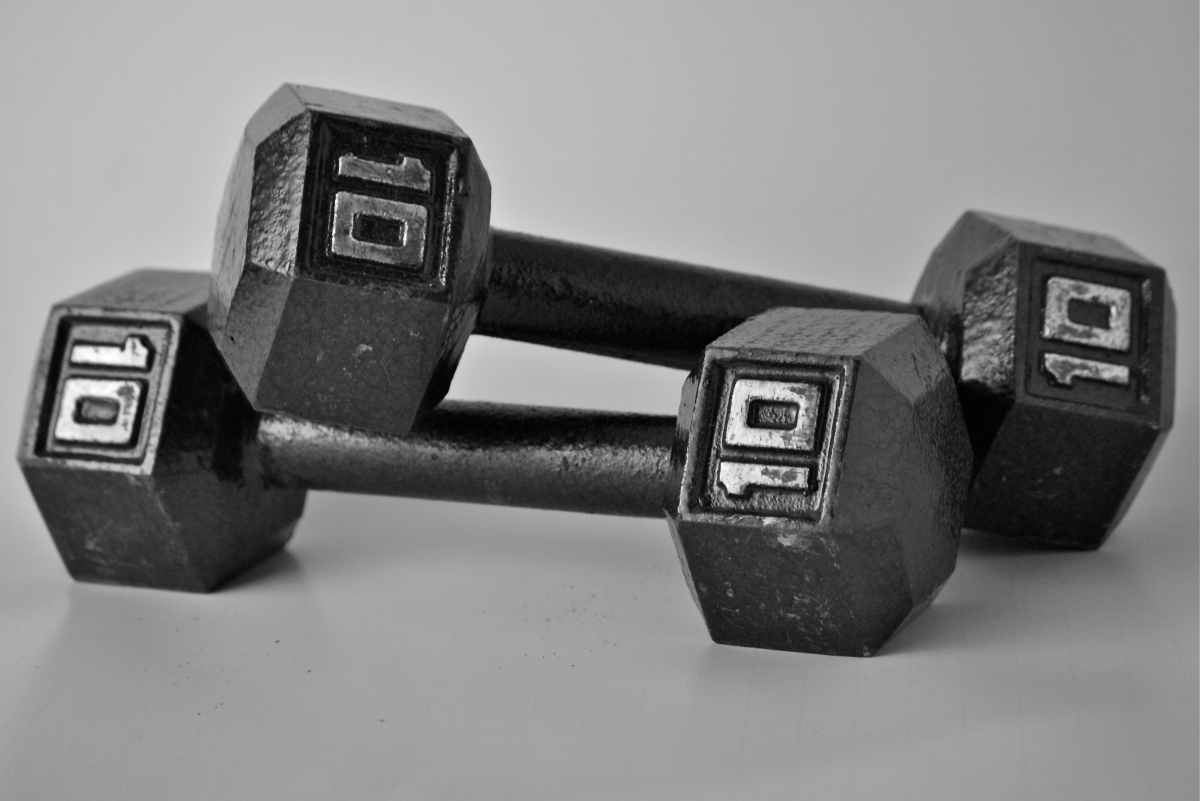Exercise Machines Versus the Real World Workout
Long before there were health clubs, people would exercise without knowing it. Taking the stairs, hiking up mountains, rowing in a boat, carrying groceries to their home, taking a walk outside or just going for bike ride, the world itself is a gym. In today’s world thanks to modern engineering, we have compressed the outside fitness gym into a square box filled with state of the art conveniences. Let’s take a look at the benefits and disadvantages between the two and the various types of exercises done with machines versus its real world counterpart.
Stairs versus Stairmaster machine
I know most people don’t like to take the stairs. I have “fond” memories of growing up in a third floor apartment and having to make a multiple of trips carrying many of bags of groceries every time my mom went grocery shopping. Like it or not, stairs (climbing up), is a fantastic cardio workout and is a functional exercise that most people use every day.
The real world application for benefits goes to the stairs. The most glaring reason is balance. Watch a person use a Stairmaster machine; they are usually holding the arm rests on both sides of the machine, and usually leaning on the arm bars with a reverse grip. Holding the railings is smart thing to do in terms of safety; but leaning on the railings or holding on with is a reverse grip is not real life. Aside from losing the value of neuromuscular control on a machine, you will actually lower your heart rate by holding on to the railings. When you support yourself while exercising you are reducing the intensity of the workload of the exercise.
I saw a woman exercising on a Stairmaster once and I asked her what her heart rate was (she was wearing a heart rate monitor), she said 136 BPM. I then asked her to hold the railing with just a couple of fingers for balance. Her heart rate jumped to 149 BPM with that simple change. A 10% improvement in heart rate workload, just by not leaning/holding onto the railings. In general terms, whenever you compare the benefits of a real world exercise, in this case stairs, versus a Stairmaster the benefits go to the stairs.
Another aspect of stairs that I’m sure all of you are aware of is the sheer force on the knees. You will usually “feel” your knees going downstairs more than going upstairs. The reason for this is the angle of your knees/legs as you go downstairs. Your body weight on your knees is as follow.
Knee (Patella) Joint pressure
Walking – 0.3 (X) body weight
Climbing Stairs – 2.5 (X) body weight
Descending Stairs – 3.5 (X) body weight
Squatting – 7 (X) body weight
As you can see by these numbers the angle of the stairs makes a big difference on how your knees will feel. So if you want a great cardio workout with real life implications I would recommend that if you can find a building with at least 6 flights of stairs, use them going up, but take the elevator going down.
Treadmill versus outside
Treadmills are one of the most popular pieces of exercise equipment every invented. There are numerous advantages to using a treadmill. Bad weather, air pollution, and safety are big benefits. However, like most real world applications, there are some problems. I have found that most people that train solely on a treadmill get a wakeup call when they start running outside. Wind, and terrain cannot be imitated when training on a treadmill. However, I have found that if a person uses a 1% incline as their base, this will help simulate the effort need for outside running.
For those who like to walk on a treadmill, holding on to the railings while walking does not imitate the value of real life balance when walking outside, as well as the reduce heart rate that occurs when holding on to the railings. In terms of safety, if you are new to walking on a treadmill or perhaps recovering from a leg injury, then you may want to hold on to the railing until you get use to the feel of the treadmill, and you should always use the safety motor cut off switch clip that all treadmill have.
Exercises and real world application
We exercise for many reason, what most people are unaware of is the real life movement applications of strength, balance and flexibility that we use every day that exercise enhances in our lives.
You might have done or seen some form of sled pushing exercises in the gym. This is actually a great full body exercise. Yet this exercise mimics activates that we do every day in our lives. Pushing a baby carriage, a shopping cart, or pushing open a door all are forms of this same exercise. Anyone that shops at Costco will attest to the strength needed to push a shopping cart.
Other exercises that assist us with our everyday lives
Exercise
Life Application
Farmer Walking with Kettlebells
Carrying a suitcase or grocery bags
One arm rowing
Opening a door
Squatting
Getting in or out of a chair
Walking Lunges
Balance for walking
Challenge: Take your favorite cardiovascular exercise and change it into a real world routine for two weeks. If you walk or run on a treadmill, do it outside. If you train on the Stairmaster,go workout on real stairs. If you work out on an indoor bike, ride outside instead.

